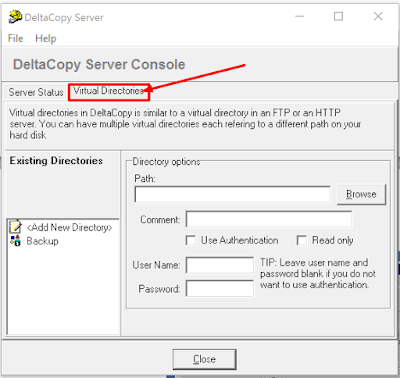RHEL 7 Extras Features
Docker: Docker is an open source project that automates the deployment of applications in inside Linux Containers, and provides the capability to package an application with its runtime dependencies into a container.
Device
Hotplug Removed: While RHEL 5/6 has device hotplug support (a udev rule that runs the ifup
32 Bit
ISO Image: RHEL 7 will only provide 64-bit ISO's, thus allowing only a
64-bit operating environment. RHEL 7 will not natively support 32-bit hardware.
New Ruby
and Python Versions: Red Hat Enterprise Linux 7 provides the latest Ruby version,
2.0.0 and Python 2.7.5.
OpenJDK7
Made Default: Red Hat
Enterprise Linux 7 features OpenJDK7 as the default Java Development Kit (JDK)
and Java 7 as the default Java version.
NetworkManager : Network
Manager has been significantly enhanced to configure and monitor all the
networking features for enterprise class servers and for desktop applications.
For the
enterprise data centers, NetworkManager can be used for tasks such as basic
networking configuration, network teaming, configuring virtual LANs, bridges, bonds
Support
for 40 Gigabit NICs: Red Hat Enterprise Linux 7 supports 40 Gigabit network interface
controllers (NICs) from multiple hardware partners. This provides support for
40 Gigabit Ethernet link speeds, enabling faster network communication
for applications and systems. Note that the ethtool utility will report interface link
speeds up to 40Gb data rates.
No RHN
Classic: RHN Classic is not supported in RHEL7. Older versions supported
different subscription management method being used. Red Hat Subcription
Management is the only one used by RHEL 7.
Minimum
Disk Space RHEL7: RHEL 7 now requires at least 1 GB of disk space to install.
However, Red Hat recommends a minimum of 5 GB of disk space for all supported
architectures.
When
enabled, this temporary storage appears as a mounted file system, but stores
its content in volatile memory instead of on a persistent storage device. No
files in /tmp are stored on the hard drive except when memory is low, in which
case swap space is used. This means that the contents of /tmp are not persisted across a reboot.
Logging
Framework: RHEL 7 introduces a new logging daemon, journald , as part of the move to systemd .
- SYSLOG messages
- Kernel messages
- Initial RAM disk and early boot messages
- Messages sent to standard output and standard
error output.
Mount
options: Unlike ext3 and ext4, the XFS file system enables the user_xattr
and acl mount options by default. Ext3 and
ext4 file systems do not enable these attributes by default.
Please comment, share and
suggestions are always welcome.
Keywords: RHEL 7 Extra Features, RHEL New Featurs , RHEL 7


Comments
Post a Comment